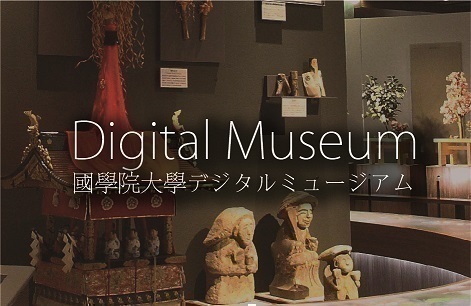- トップ
- Encyclopedia of Shinto
- Omoro
Encyclopedia of Shinto
| Main Menu: | |
| Links: |
詳細表示 (Complete Article)
| カテゴリー1: | 5. Rites and Festivals |
|---|---|
| カテゴリー2: | Rituals in Okinawa and Amami |
| Title | Omoro |
| Text | There are many varieties of ancient songs found in the area between Amami and Yaeyama. Omoro are a type of song that were sung between the 12th and the beginning of the 17th centuries in Amami and the Okinawa archipelago. They are collected in the Omoro sōshi, a work compiled by the court in Shuri. The word "omoro" derives from a cognate meaning "thought" (Okinawan umui; Jp omoi) and indicates a thought expressed rhythmically. Even today there are places where the sacred songs sung by female lay ritualists (Jp. kamionna, Okinawan nanchu) at the altar are called umui. All are sung to a tune, and some incorporate dance. Omoro are the words concerning the deities uttered at festivals and in rituals; their subject matter is very diverse and includes court rituals, songs of praise of the king and the clan chieftains, hymns to the heavenly bodies, and songs about sailing, ship-building, constructing castles, taxation, trade and going into battle. The Omoro sōshi comprises 1,554 songs (1,248 without duplications). The first volume was compiled in 1531 and the second in 1613, with all 22 volumes being completed by 1623. The periods when the songs were sung can be divided into the village period, the aji (clan chieftain) period, and the kingdom period. The omoro can also be broken down into those sung at the political center and those sung in outer districts. — Hatakeyama Atsushi |




